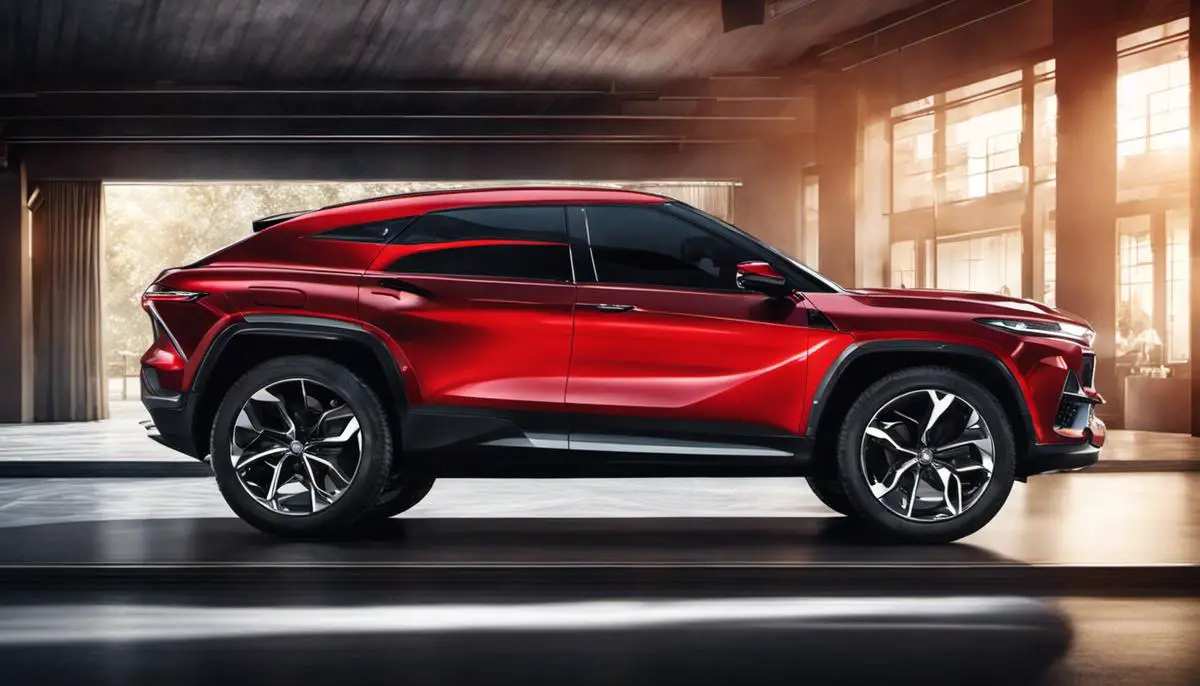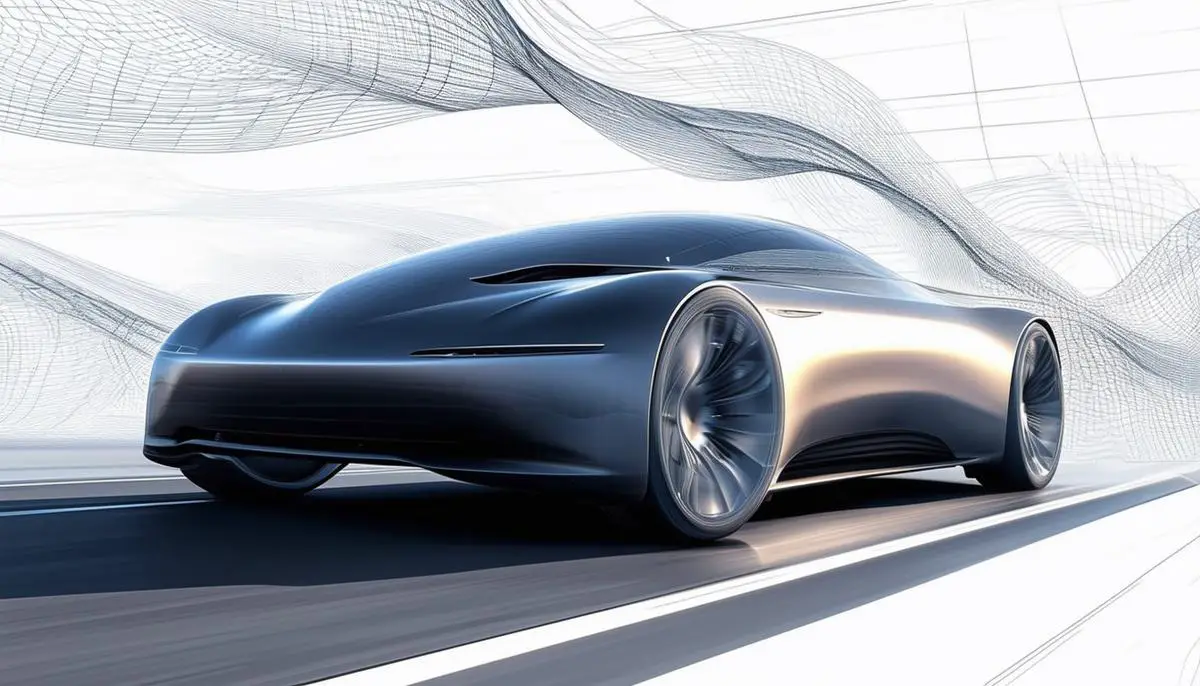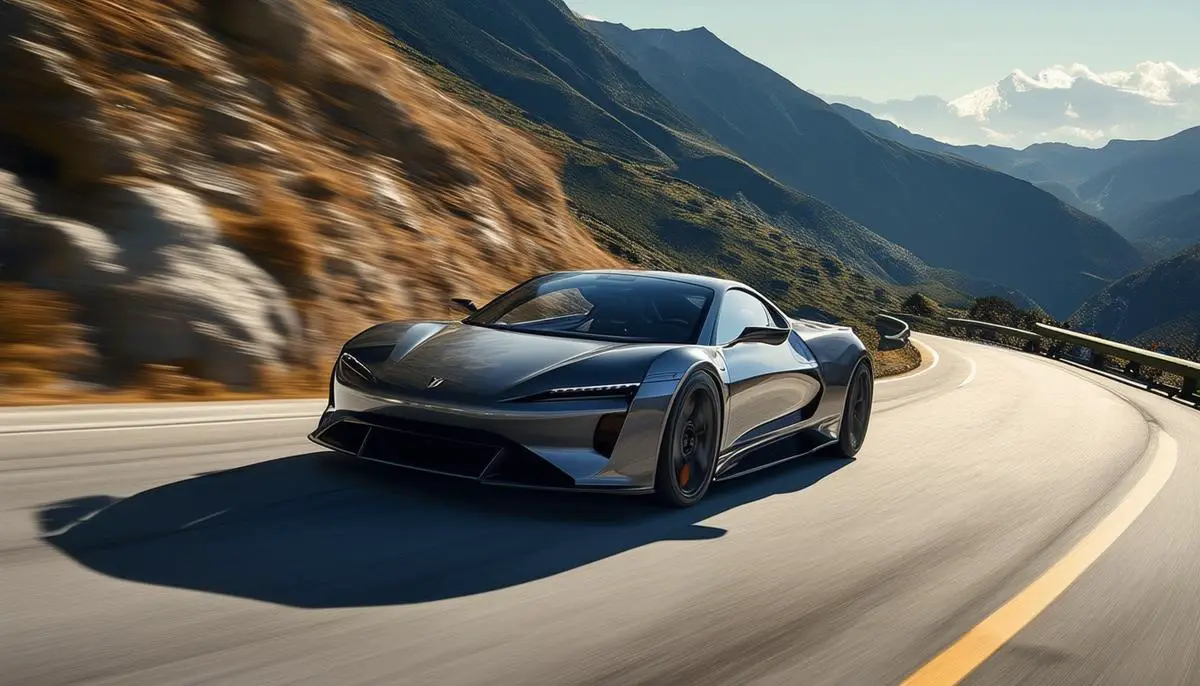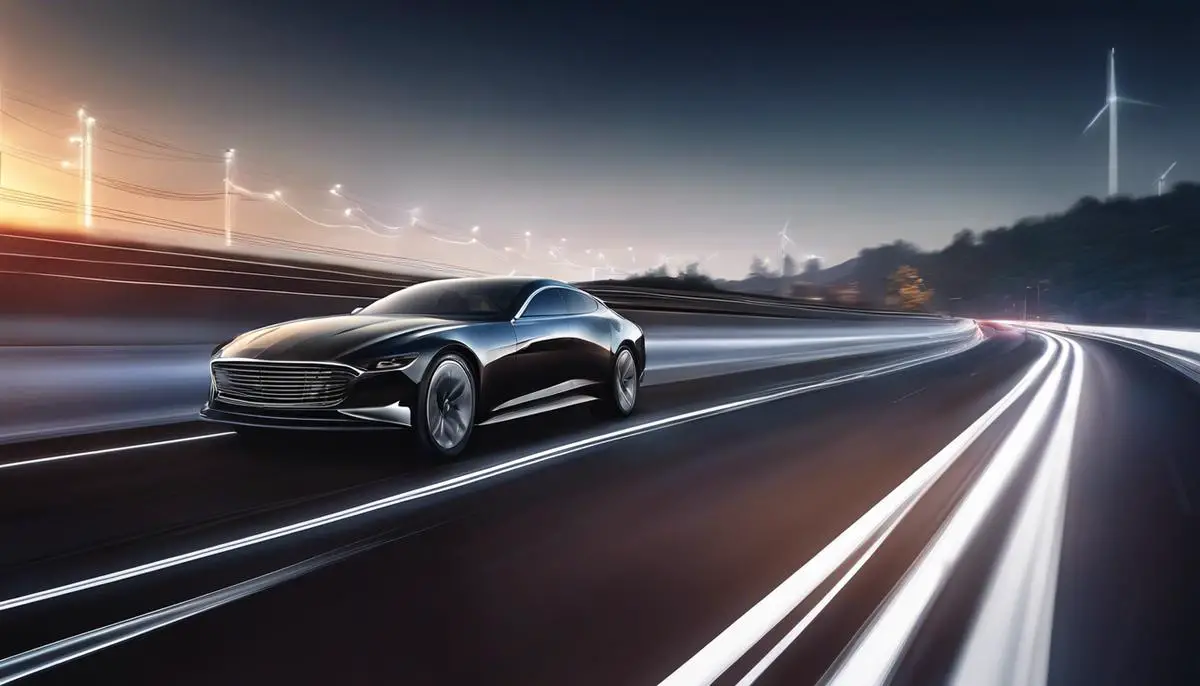Sport Utility Vehicles (SUVs) have significantly evolved over the years, notably with the advent of coupe-like designs. This transformation has led to the creation of a new category of SUVs that appear to blur the line between the traditional boxy-shaped sports utility vehicles and stylish, sleek coupes. These sleek SUVs, referred to as coupe-like SUVs, incorporate the practicality of an SUV with the sporty elegance of a coupe. As a result, they provide a unique blend of functionality, versatility, and aesthetic appeal that sets them apart within the automotive industry. The exploration for understanding why these dramatically restyled SUVs have captured the public’s attention starts by dissecting the concept of coupe-like SUVs, proving insight into their evolution, reasons behind this design shift, examining their pros and cons, and discussing the anticipated future of this growing segment in the auto industry.
Contents
Understanding The Concept of Coupe-like SUVs
Embracing The Stylish Edge: A Deep Dive into Coupe-like SUVs
Eager to break through the seeming monotony of family-style vehicles flooding the streets? Looking for a head-turner that still upholds SUV-like practicality? Let’s embark on an enlightening journey exploring the alluring world of coupe-like SUVs, vehicles magnificently marrying a sporty coupe’s dynamism with a powerful SUV’s robust functionality.
First, it’s essential to decipher the term. A coupe-like SUV or coupe-SUV is an aesthetically stunning fusion of the classic high-riding SUV and the sleek silhouette of a coupe. To put it simply, it’s a sports car and an SUV brought together – displaying a muscular stance, all-terrain functionalities, yet mimicking the flowing rooflines of a sporty coupe. Voila, you effortlessly get the best of both worlds!
When it comes to differentiation, coupe-like SUVs shine with their distinct external architecture. Assimilating features from both parent body types, they frame a unique exterior identity that sets them apart. Their most notable feature, which earns them the ‘coupe-like’ tag, is the sloping roofline. Unlike boxy and upright traditional SUVs, these models often sport seductively-flowing rear rooflines, adding an undeniable sporty charm. Some aficionados might equate it to a fastback design; their signature is possessing a more aggressive, carved-out rear.
Moving further into the unique character of coupe-like SUVs, one can’t miss their taller ride height and generous cabin space. These elements ring true to their SUV parentage, promising comfort for a full house and adventure-ready posture for weekend escapades. Whether it’s a long cruise or a daring sprint across town, prepare to do it in style.
Their infotainment systems, cutting-edge technology, and top-notch safety features emblazon the fact that when it comes to innovation, these game-changers aren’t left in the dust. Most of these icons even deliver an enhanced driving experience with adaptive suspension systems, multiple driving modes, and more – a testament to their sports car DNA.
However, amid all the rhapsody surrounding these dashing marvels, it’s vital to acknowledge that certain areas don’t align perfectly with traditional SUVs. Like all designs, it does come with some compromises. The spanking roofline often results in reduced headroom in the rear and slightly compromised cargo space. But then, isn’t that a small sacrifice for a ride that’s a perfect blend of power, luxury, and stand-apart style?
Whether you are considering adding a coupe-like SUV to your garage or are simply automobile enthusiastic, the allure of these vehicles is hard to resist. There’s a potent attraction to a vehicle that combines the toughness and room of an SUV with the sporty style of a coupe. It’s no wonder then that these trendy charmers are finding their niche in the motoring world.
Embrace the new breed of sporty, versatile vehicles that wink at convention, inducing more thrills to every ride. Here’s to the celebration of unexpected combinations and the glorious fact that in the automotive world, there’s always something exciting around the corner. A coupe-like SUV? Bring it on!
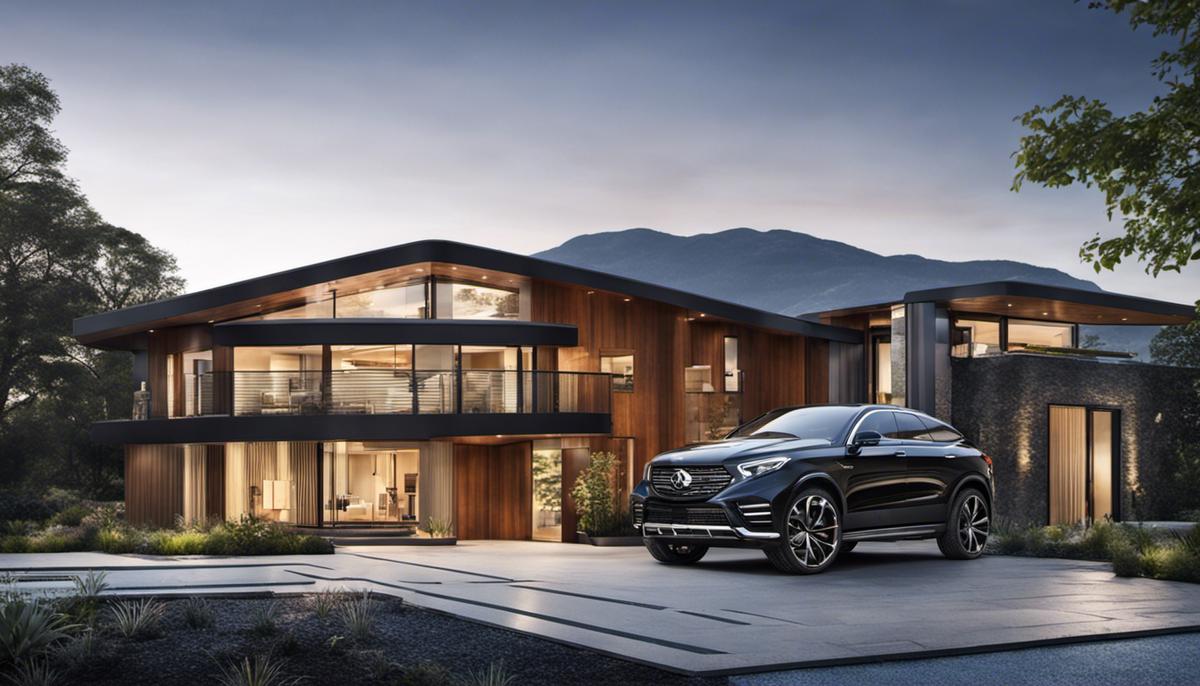
Evolution of Coupe-like SUV Designs
Unfolding the Evolution of Coupe-like SUVs
The evolution of coupe-like SUVs is a compelling saga of design refinement that has created a new breed of vehicles, blending aspects of traditional SUVs and the sleek lines of coupes. This evolution march has been significant. Each redesigning phase adds a new dimension to these vehicles, setting the standards higher for the coming generation.
As we delve deeper into the timeline of coupe-like SUVs, the roots trace back to the late 1980s, with the AMC Eagle SX/4 notable for this transformation. This pioneering coupe-like SUV laid the groundwork for the design language we see today. From bulky body-on-frame to nuanced aerodynamic silhouettes, coupe-like SUVs have continuously adapted and evolved, keeping them in tune with the tastes and aspirations of modern motorists.
The 1990s featured exploration into melding forms with utility. The Toyota RAV4 of the mid-90s showcased a sporty vibe with its two-door design, redefining the possibilities for recreational utility vehicles. This set the stage for SUV designers to break the mold and embrace more daring and sweeping concepts.
In the 2000s, the industry witnessed the introduction of unibody architecture. This shifted the tide dramatically for coupe-like SUVs, allowing them to embody a more streamlined aesthetic. Models like Infiniti FX, with its gracefully curving roofline, embodied the spirit of the new era.
A pivotal chapter in this tale of evolution is the rise of luxury coupe-like SUVs. Mercedes-Benz is an exciting player in this regard with their GLE Coupe. A fusion of sophistication and sportsmanship, it proudly carries forward the legacy of its forebears while stepping up the luxury quotient.
The journey of coupe-like SUV designs has been about pushing the envelope, about translating high-performance elements, luxury trappings, and driver-centric ergonomics into a stylish, elevated package. They have been moulded not just to turn heads but to offer an invigorating and immersive driving experience.
Moving ahead, the evolution of coupe-like SUVs is set to traverse new territories, particularly with the influx of electric vehicles. This shift towards electrification is bound to bring forth innovative design changes to coupe-like SUVs. An exciting illustration is the Model Y from Tesla, which stands as a testament to the future trend of these vehicles.
In the course of their evolution, coupe-like SUVs have steadily dismantled preconceptions, pushing the design boundaries and reshaping the way we perceive these vehicles. Every design iteration propelling them further into the future have made them an established niche in the motoring world. Critical to this is the dynamism inherent in their evolution – a spirit that insists on moving ahead, reimagining and reshaping. This, essentially, is the essence and the allure of the coupe-like SUV genre: a constant thirst for progress, for innovation, for forging new pathways in design and functionality all in a quest to create unparalleled motoring experiences.
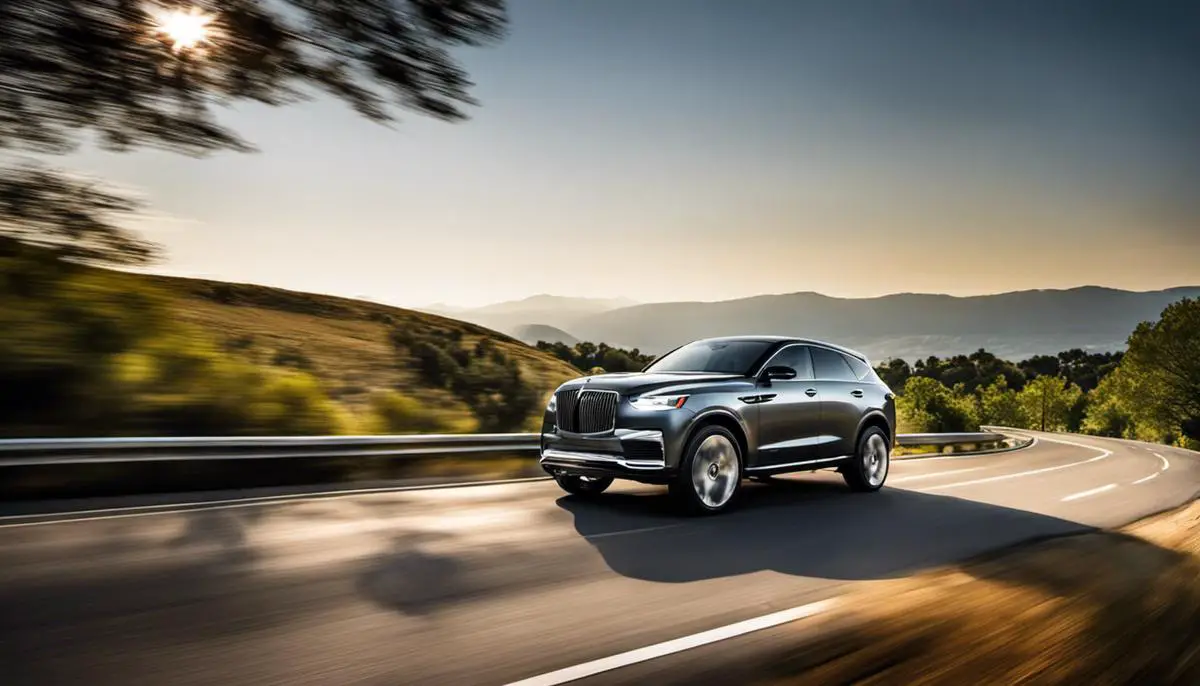
Reasons for the Shift in SUV Designs
The evolution of coupe-like SUVs is a fascinating delve into automotive design history. A community favorite example is the late 1980s AMC Eagle SX/4. With its rugged, yet sporty appearance, it projected the pioneering spirit destined for the future of SUVs. It merged the ruggedness of a traditional SUV with feel and accessibility of a passenger car, opening a gateway to how these designs could evolve.
By the 1990s, it was evident the evolution was well underway with innovative formations like the Toyota RAV4 emerging. This compact SUV’s design laid the groundwork for modern evolution of coupe-like SUVs. The RAV4 cleverly combined exceptional ruggedness for off-road adventures and smooth drivability for urban cruising. It’s worth noting that it was among the first to highlight versatility and practicality in its design, qualities desired by many auto enthusiasts today.
As the 2000s rolled in, a significant shift occurred in SUV designs – the adoption of unibody architecture. Instead of the traditional body-on-frame structure that most SUVs employed, automakers started pivoting towards this design scheme, seen in passenger vehicles. The unibody structure provides increased structural integrity, weight reduction, and better handling. It allows for a reduction in bulk without sacrificing robustness, paving the way for the sleek, streamlined body of coupe-like SUVs.
Luxury automakers, too, have embraced the trend of coupe-like SUVs. As conspicuous as the star on its hood, the Mercedes-Benz GLE Coupe is an excellent example. It incorporates unmatched Mercedes luxury with an aggressive, sporty design. Its sweeping roofline, broad shoulders, and dramatic coupe silhouette make it a style icon on the roads.
Coupe-like SUVs are intricately designed to offer a driving experience that’s immersive and stylish. They beautifully blend the practicality of a traditional SUV with the passion of a sports car, dancing the delicate line between rugged and refined. A trendy embodiment of this is the adoption of panoramic sunroofs, giving drivers and passengers an immersive experience of the landscape, becoming a defining feature in many coupe-like SUV designs.
Looking ahead, the future of coupe-like SUVs seems exciting, with electric vehicles leaving impactful footprints. From the Tesla Model Y to the Mustang Mach-E, electric SUVs have robustly entered the coupe-like arena. They bring sleek aerodynamics, innovative technology, and powerful performance to the table, reinventing this niche in the auto world.
In the constantly evolving auto industry, the adoption of coupe-like SUV designs is not a mere trend – it signifies the continuous push for progress, an inherent characteristic of automaking. It’s a witness to the industry’s unwavering dedication to innovate, combining the best of both worlds to cater to the ever-diversifying tastes and requirements of drivers. Oh, what a thrilling time it is to be an automotive enthusiast with a penchant for coupe-like SUVs!
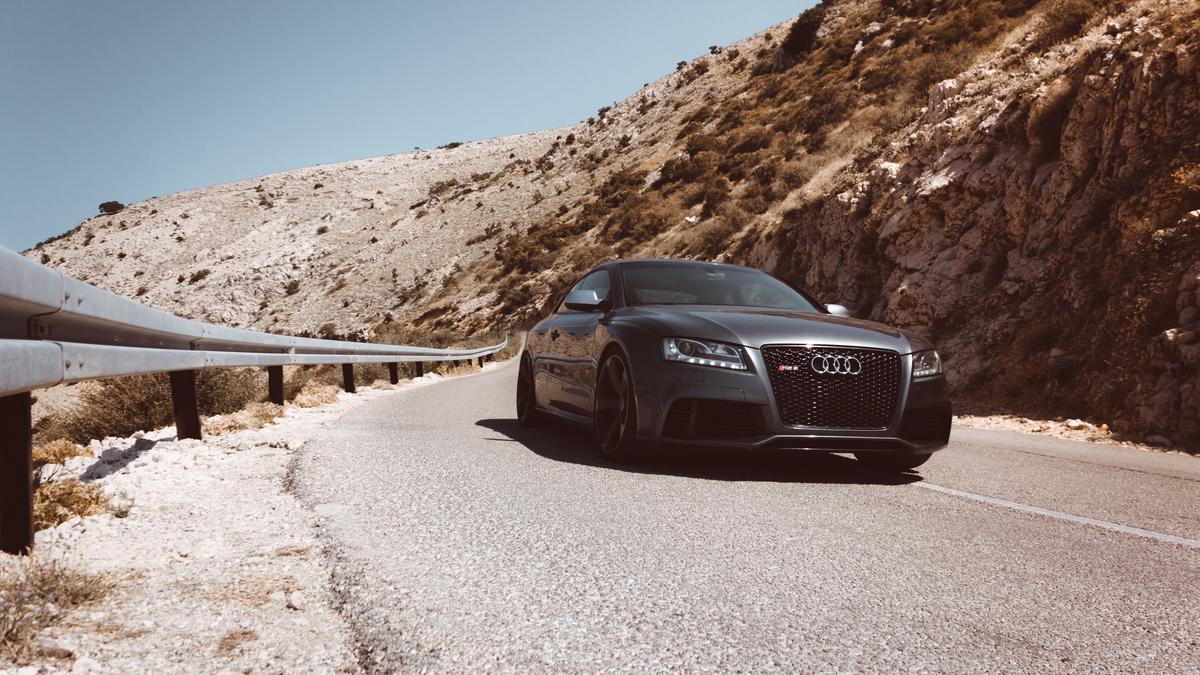
Photo by marckleen on Unsplash
Pros and Cons of Coupe-like SUVs
Art of the evolution: evolving from traditional, the Coupe-like SUVs
Ah, the world of Coupe-like SUVs is ever evolving! Ever since the entrance of pioneer design, the AMC Eagle SX/4 in the late 1980s, motoring fans were in for a treat – a revolutionary design that had never been seen before! It was daring, bold, and at times, controversial. This opened a whole new chapter and broadened the possibilities of what an SUV could look like. Following this paradigm shift, automakers began toying with the possibilities of coupe-SUV designs, and it was a sprint to who could do it best.
When the 1990s came swinging in, another big-name hit the motoring world – the Toyota RAV4! The world had caught SUV fever, and the RAV4 became a symbol for future design possibilities. Its unique styling, off-road prowess, coupled with the compact form factor – it was the embodiment of practicality and pizazz combined!
The 2000s witnessed the shift to unibody architecture in these bad boys, adding another level of intricacy and sophistication to their designs. This unibody construction offered cleaner lines, improved aerodynamics, and took that “Coupe” term attached to an SUV, to the next level.
Luxury automakers, never ones to be left behind in the dust, embraced this trend full-steam with the Mercedes-Benz GLE Coupe being a notable contender. The German automaker took luxury and performance and delivered it in a coupe-shaped SUV package. Heated seats, parallel parking assist, blind spot detection – the GLE Coupe had the technology to back up its road presence. The marriage of comfort, class, and a sporty silhouette meant coupe-like SUVs were not just a ‘style’ choice but a ‘lifestyle’ choice.
The immersive driving experience offered by these vehicles cannot be understated. So, you might be asking, what lies at the heart of this design phenomenon? Panoramic sunroofs! Yes, you heard right! These wide-spanning glass roofs have become a staple for most coupe-like SUVs, offering sweeping skyward views and a deluge of natural light, enhancing both the driver and passenger experience.
Then, what about the future of coupe-like SUVs? With the emergence of electric vehicles, the future is looking electrifyingly promising. Tesla’s Model Y and Ford’s Mustang Mach-E are prime examples of how this trend is heading into an electrifying future. With sustainable motoring leading the way, get ready for an innovative, environmentally friendly, and highly futuristic take on the familiar coupe-like SUV design.
The evolution and diversity of the coupe-like SUVs clearly emphasizes the auto industry’s relentless pursuit of innovation. They are not only meeting diverse driver preferences and requirements but are also pushing the intricate design boundaries. It is evident that these vehicles, with their alluring silhouettes, luxury features, and cutting-edge technology, are here to stay. So strap in, and enjoy the adrenaline-filled ride in the ever-fascinating world of coupe-like SUVs!

Future of Coupe-like SUVs
Next-level Innovation: The Future of Coupe-like SUV Designs
Driven by the fascinating fusion of the sportiness of a coupe and the robust versatility of an SUV, coupe-like SUVs have been trailblazers in the automotive industry, pushing the boundaries of conventional design and engineering. Having come a long way, it’s interesting to dive into the evolution of this genre and ponder upon the exciting future that lies ahead.
Rooted in the unconventional structure of the AMC Eagle SX/4 of the late ’80s, the journey of coupe-like SUVs has been anything but predictable. This model’s groundbreaking design broke away from traditional automotive norms enlightening the industry to previously unimagined possibilities, paving the path for later trailblazers such as the Toyota RAV4. A significant player in the ’90s SUV evolution, the RAV4 further expanded the design bounds and versatility of SUVs.
The progression into the noughties saw a paradigm shift in the SUV’s architectural design philosophy with a keen transition to unibody architecture. It was a game-changing move that spurred the creation of lighter, more efficient, and dynamic SUVs without compromising on power or luxury, shaping the future of coupe-like SUV designs.
Luxury didn’t take a backseat in the coupe-like SUV evolution. The Mercedes-Benz GLE Coupe stands as a shining beacon, illustrating how high-end automakers seamlessly embraced the coupe-like SUV trend. An emblem of matchless luxury, it echoes emphasis on style and an immersive driving experience that is a key characteristic of this genre.
Driving experience in coupe-like SUVs has expanded beyond just driving dynamics. Today, expanded features, such as
panoramic sunroofs, play an integral role in amplifying the immersive experience, further enhancing the desirability of these vehicles.
As we progress further into the 21st century, the automotive industry is at yet another crossroads with the emergence of electric vehicles. Models like the Tesla Model Y and the Ford Mustang Mach-E are reshaping the landscape, influencing the future of coupe-like SUVs. They promise the same exhilarating driving experience, sans the bulk and emissions, making a compelling case for the pursuit of sustainable luxury.
Innovation takes precedence in today’s coupe-like SUV designs. As the auto industry constantly evolves to meet diverse driver preferences and requirements, coupe-like SUVs continue to push the envelope. It’s a relentless pursuit of perfection and progress, a nod to the genre’s continual advancement.
In conclusion, the genre of coupe-like SUVs is a testament to the limitless possibilities in automobile design. With the emergence of electric vehicles and a constant push for technological advancements, the future holds promises of exciting and sustainable innovations, ensuring the sky’s the limit for this captivating genre.

The evolution and popularity of coupe-like SUVs can be seen as a fascinating segment of the car industry’s never-ending evolution, enthralling consumers with its blend of traditional SUV sensibilities meshed with the style and luxury that is iconic of coupes. This design shift, targeted and well-aligned with consumers’ desire for diversity, compactness, performance, and modern appeal, has revolutionized the SUV market. However, this trend’s longevity largely depends on the market’s ability to sustain the demand, coupled with manufacturers’ response to consumer feedback. This could mean that coupe-like SUVs may either secularize as a permanent fixture in the automotive landscape or evolve into another aesthetic, delivering another surprise to consumers’ ever-evolving tastes. The exploration will keep continuing, keeping us intrigued about what the future holds for the world of Sport Utility Vehicles.
